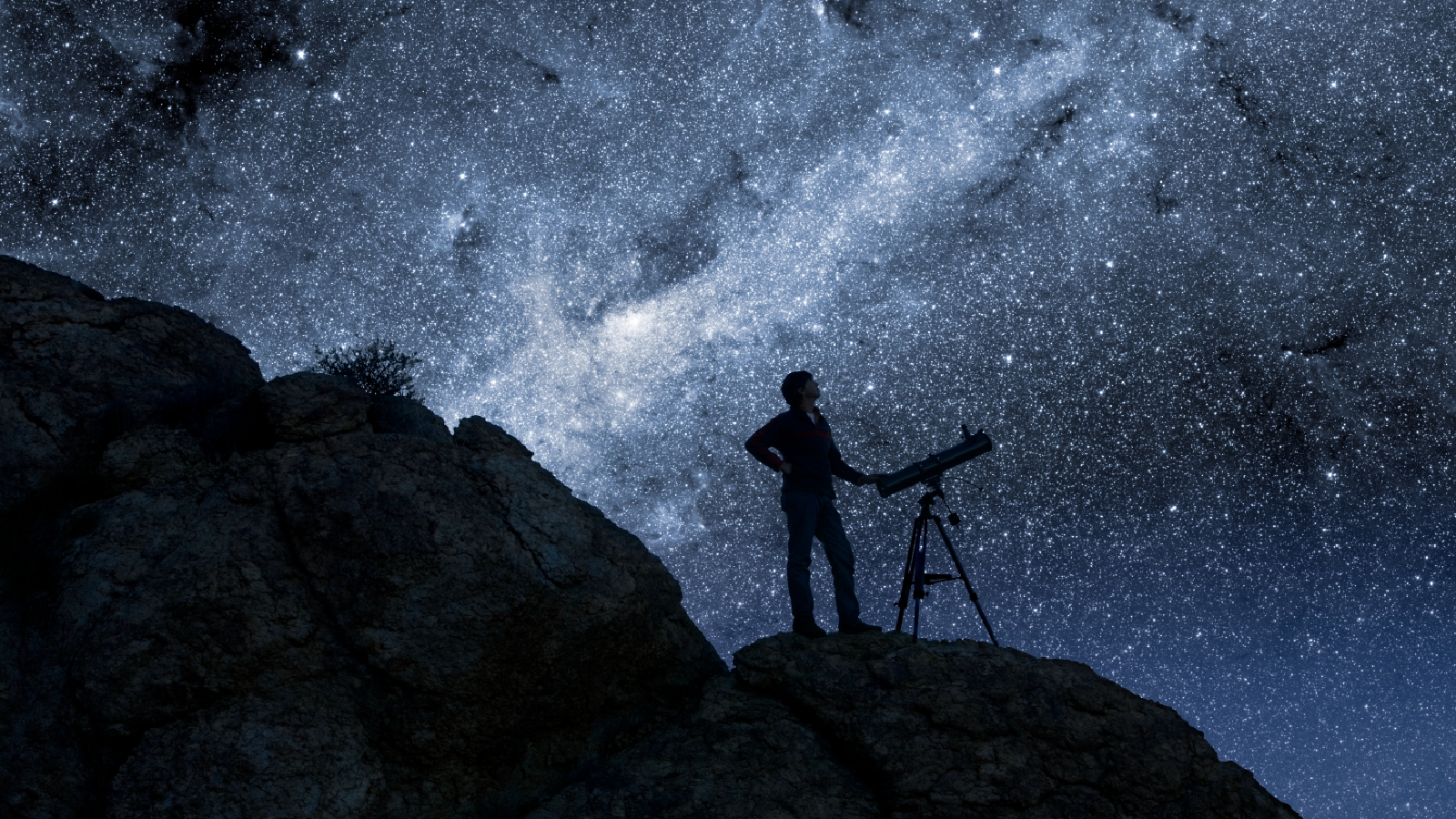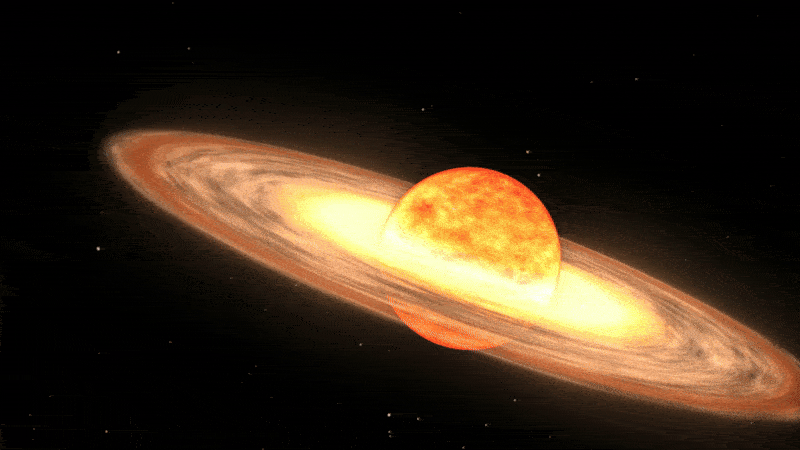A 'new star' has exploded into the night sky — and you can see it from North America
The never-before-seen "nova," dubbed V462 Lupi, recently appeared in the constellation Lupus, after suddenly becoming 4 million times brighter. The shining explosion is visible to the naked eye and can be seen from parts of North America.

A "new star" is shining in the constellation Lupus thanks to an unexpected stellar explosion within the Milky Way — and it can currently be seen with the naked eye from parts of North America.
On June 12, astronomers from the All-Sky Automated Survey for Supernovae at Ohio State University first spotted the new point of light, which had an apparent magnitude of +8.7 at the time, still too dim to be seen by the naked eye, Sky & Telescope originally reported. (A smaller magnitude signifies a brighter object; for example, the moon has an apparent magnitude of -12.7).
Over the next few days, the rapidly brightening object took on several temporary names — including AT 2025nlr, ASASSN-25cm, and N Lup 2025 — as researchers scrambled to determine its identity.
Astronomer Yusuke Tampo, from the South African Astronomical Observatory at the University of Cape Town, then analyzed the light coming from the object and determined that it is likely a classical nova — a massive stellar explosion that temporarily shines bright in the night sky. On June 16, it was given the official designation V462 Lupi.
By June 18, V462 Lupi had brightened to an apparent magnitude of +5.7, which makes it just visible to the naked eye. This also makes it around 4 million times brighter than its extremely dim progenitor star was before June 12, according to Spaceweather.com.

There is a chance that the nova will continue to brighten in the coming days, making it even easier to spot.
Get the world’s most fascinating discoveries delivered straight to your inbox.
The Lupus constellation is located in the southern sky, meaning that V462 Lupi is most easily visible from the Southern Hemisphere. However, it can also be seen from North America, close to the southern horizon, just after sunset. Amateur astronomers from the U.S. have reported seeing it in places such as Arizona and California, and as far north as Lake Superior, according to Sky & Telescope.
You may be able to spot it without any additional equipment. However, it would be easier to spot if you had a decent telescope or a pair of stargazing binoculars, especially if you are viewing it from the U.S. or if the explosion starts to dim over the coming days.
Nova explosions
Unlike supernovas, which are so powerful that they completely rip stars apart, a nova only affects the outer layer of a star. Classical novas, such as V462 Lupi, occur in a specific type of binary system, where a more massive white dwarf star is pulling material away from its larger partner. When enough material has been accreted onto the dwarf star's surface, the pressure builds up and triggers an explosion that burns up most of the stolen gas and shoots pulses of bright light toward Earth.

Naked-eye classical novas are rare. They appear "no more than once a year," Spaceweather.com representatives wrote, "and most are so close to the limit of naked-eye sensitivity that they can be invisible despite being technically [visible]."
Some novas are also recurring events, blowing their top at regular intervals: For example, the long-awaited T Coronae Borealis nova, also known as the "Blaze Star," lights up our skies roughly every 80 years. However, astronomers have been predicting that the Blaze Star will reappear imminently for the last 15 months, and it is yet to emerge, which shows that it is not an exact science.
As this is the first recorded appearance of V462 Lupi, we have no idea if or when it will explode again in the future.
Constellations quiz: Can you name all the animals, objects and mythological figures hiding in the night sky?

Harry is a U.K.-based senior staff writer at Live Science. He studied marine biology at the University of Exeter before training to become a journalist. He covers a wide range of topics including space exploration, planetary science, space weather, climate change, animal behavior and paleontology. His recent work on the solar maximum won "best space submission" at the 2024 Aerospace Media Awards and was shortlisted in the "top scoop" category at the NCTJ Awards for Excellence in 2023. He also writes Live Science's weekly Earth from space series.
You must confirm your public display name before commenting
Please logout and then login again, you will then be prompted to enter your display name.
